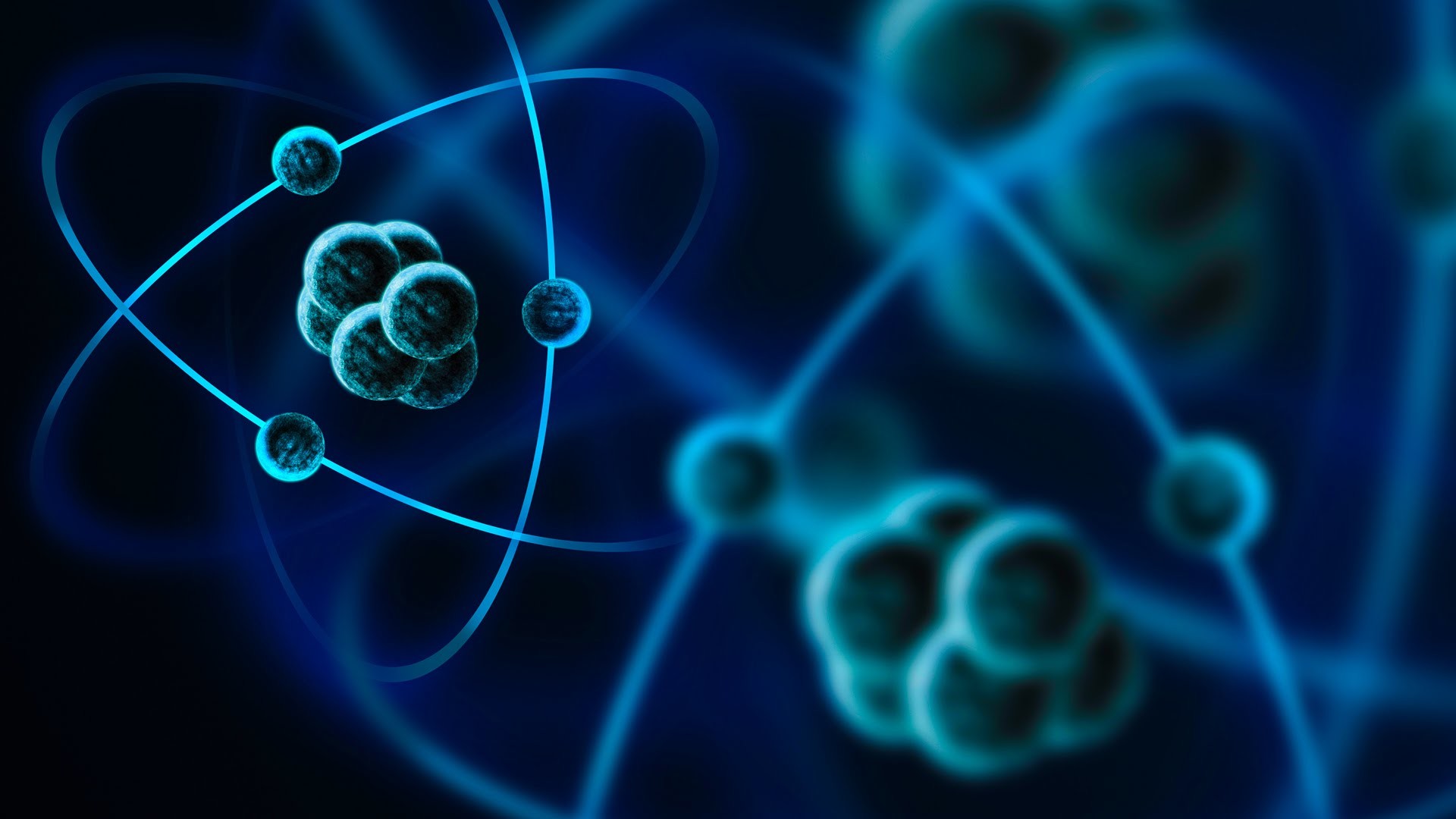A hypothesis with the modest name Standard Model has dominated the area of particle physics for about the last half century. This theory gives a thorough explanation of the 17 known elementary particles, describing their behavior and interactions.
Since its debut, the success of this hypothesis has been amazing. The mathematical framework of the Standard Model has allowed physicists to generate hundreds of exact predictions, many of which have been compared to particle collider data. In almost every instance, these forecasts have been accurate.
The basics of particle physics
The Standard Model describes 12 particles known as fermions and 5 particles known as bosons. Fermions are particles that resemble conventional types of matter, such as the electron. Other types of fermions include quarks, which combine to produce protons and neutrons, and neutrinos, which are ghostly particles. Fermions exist in groups of three for reasons we do not yet comprehend. For instance, there are three particles similar to electrons: electrons, muons, and taus. Though they share certain properties with electrons, muons and taus are heavier and more unstable, making them more likely to breakdown into other particles. Similarly, there are three types of neutrinos (tau neutrino, muon neutrino and electron neutrino), as well as three pairs of quarks (up and down, strange and charm, bottom and top).
The Standard Model’s bosons are accountable for the forces acting on matter and energy in our universe. The most well-known boson, the photon, is responsible for light. The electromagnetic force is created by interactions amongst photons and electrically charged particles. In other words, there would be no electromagnetic force if the photon did not exist. Gluons are responsible for the strong nuclear force, which bonds quarks into protons and neutrons. In atomic nuclei, it also keeps protons and neutrons together. The weak nuclear force, which is responsible for the radioactive disintegration of atoms, is generated by the interactions of W and Z bosons. In the meanwhile, it is believed that the strength of the fourth force, gravity, is tied to the Higgs boson.
Foundational weaknesses
By every objective metric, the Standard Model has been an enormous success. It was used to predict the existence of subatomic particles such as the Higgs boson and the top quark, decades before their detection in an experiment. Simply expressed, it is the hypothesis with the greatest empirical success in the history of science. However, I have never encountered a scientist who believes this theory to be comprehensive. There are several aspects of our reality that the Standard Model cannot and does not account for.
Gravity is not explicitly accounted for by the Standard Model, which is a crucial flaw. We do not yet know how to integrate gravity in our theories of particle physics in a self-consistent manner, despite much effort. We have not been able to identify a force-carrying particle for gravity, often known as a graviton. Fortunately, the microcosm that particle physicists investigate is unaffected by gravity. Consequently, the Standard Model does not account for the macroscopic effects of gravity.
Moreover, cosmologists have discovered that our universe includes massive amounts of dark matter and dark energy that cannot be explained by anything in the Standard Model. It also fails to explain why we exist in a universe dominated by matter. In theory, the Big Bang would have generated an equal amount of mass and antimatter, but in practice, matter makes up almost all of what we see. We can’t say for sure what tipped the scales in this case.
Looking beyond
Detail-oriented readers may have observed that in the opening paragraph of this essay I said that the Standard Model’s predictions have virtually always been accurate. While many of the Standard Model’s predictions have proven accurate, there are a few occasions in which the model may be showing indications of strain.
Experiments conducted at the Brookhaven and Fermi National Laboratories revealed, for instance, that muons behave somewhat differently to a magnetic field than the Standard Model predicts. Even more recently, results from the Fermilab Tevatron collider suggest that W bosons may have somewhat more mass than the Standard Model predicts. To clarify, we do not yet know if these results indicate a failure of the Standard Model or are the result of measurement or computation mistakes.
We should be able to get to the bottom of this mystery with more investigation, either by identifying the errors that have led to these disparities or by uncovering the novel physics responsible for them. If the Standard Model is, in fact, failing, then there must be new forms of matter and energy, as well as perhaps new forces and interactions, which we will vigorously research and test using both current and new experiments. Perhaps these findings will offer light on enduring enigmas such as the nature of dark matter. Or maybe they will reveal whole new riddles that we have not yet considered.


